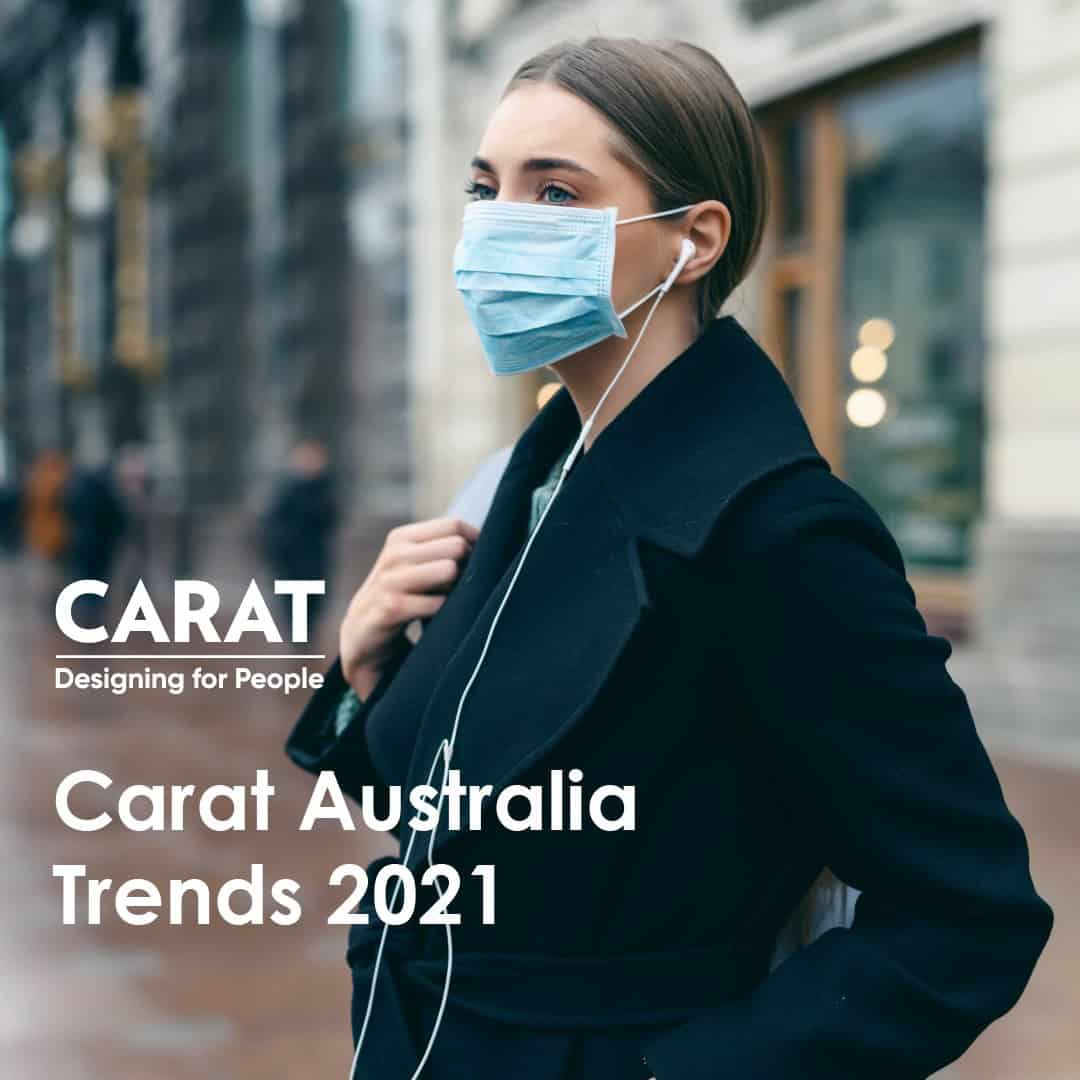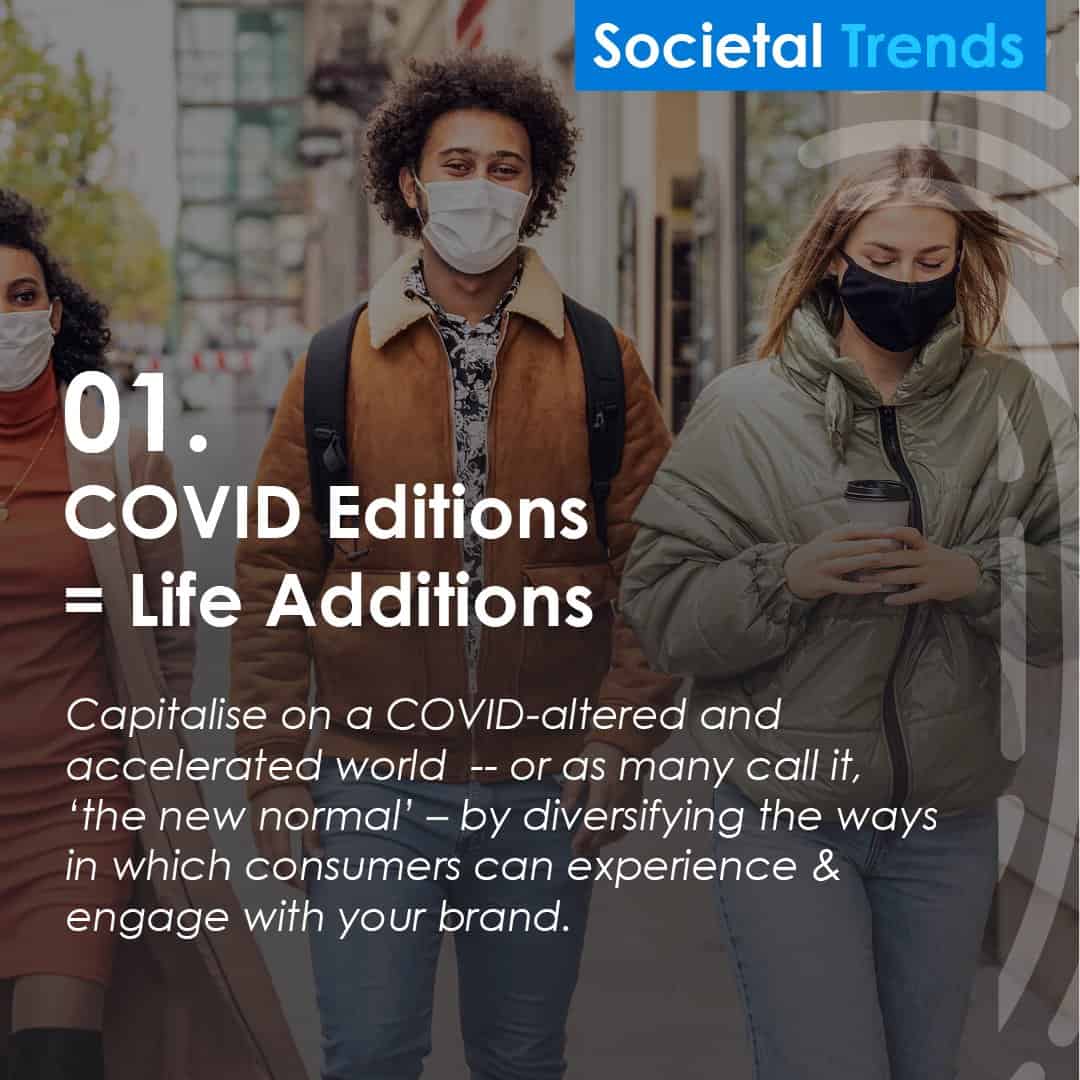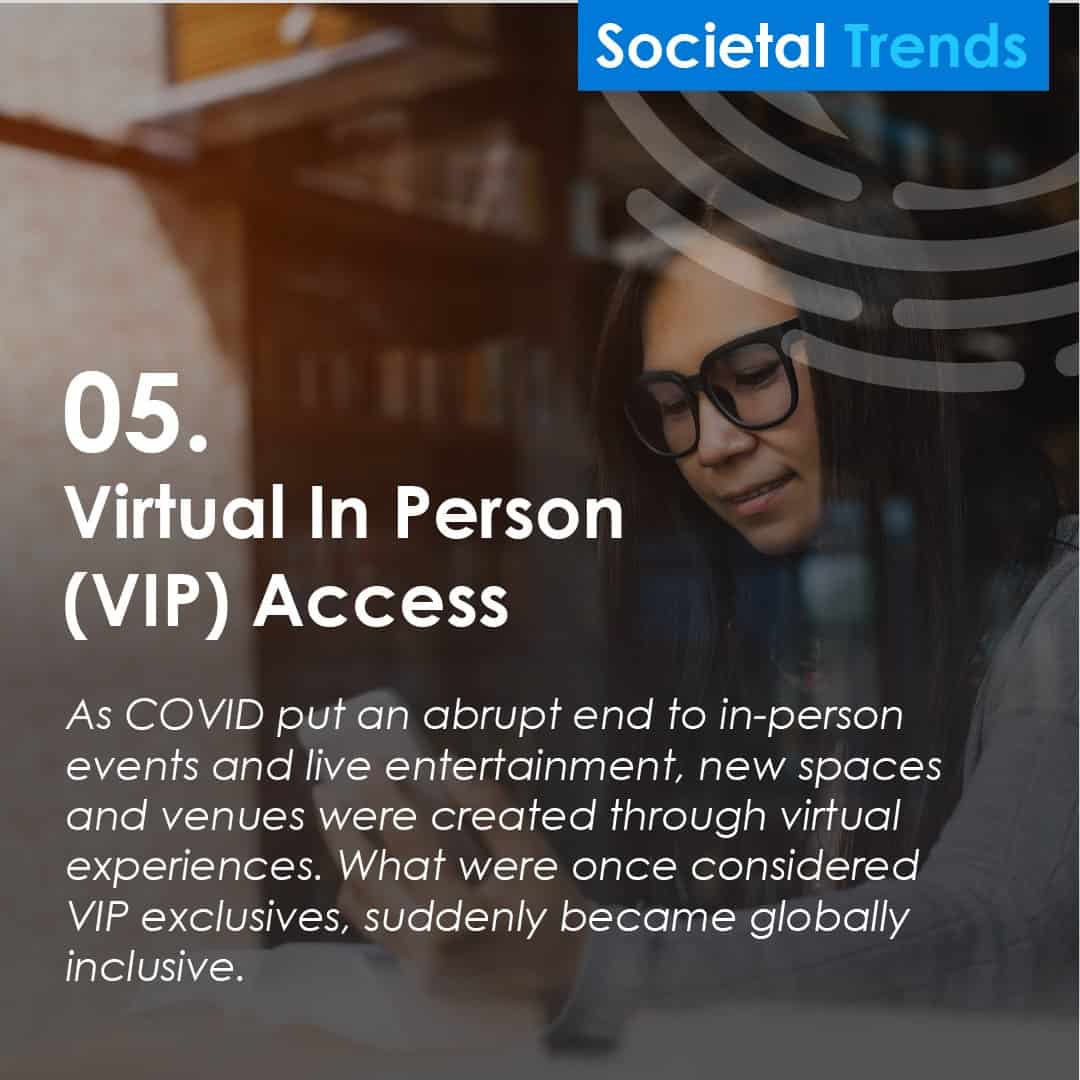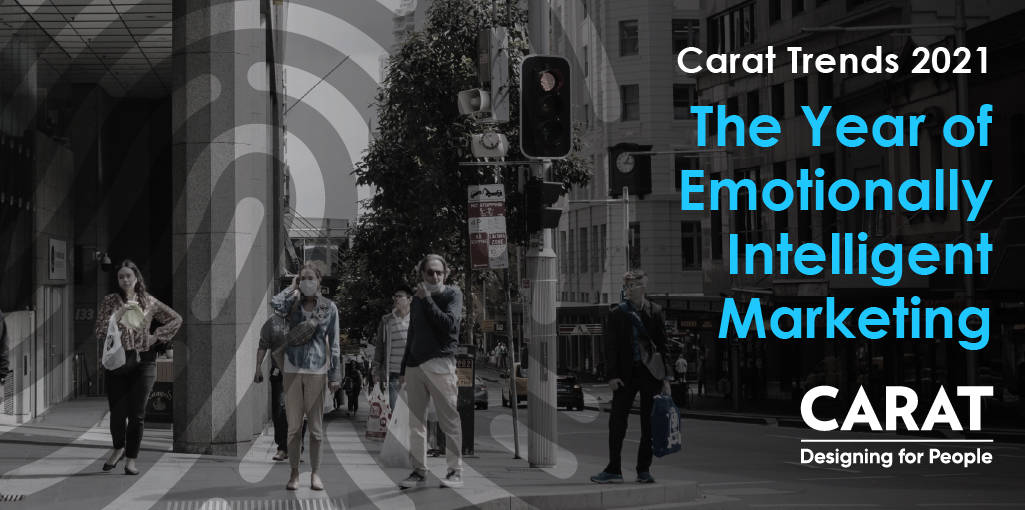Carat has released its annual 2021 Carat Trends Report focussing on Societal, Tech and Media trends. To look ahead to 2021, the agency took stock of 2020, looked for patterns amidst all the rapid change and disruptions, and uncovered technologies and behaviours that are becoming a part of life for more people.
“2020 was a year that we certainly won’t forget, and its lasting impact will continue to be felt in all areas of business and society. It made our 2021 Carat Trends Report this year even more critical to help our clients understand how to navigate these changes and pinpoint the trends that we believe will be here to stay,” said Linda Fagerlund, Chief Strategy Officer, Carat Australia.
Danni Wright, National Head of Strategy & Connections Planning at Carat Australia added, “For the first time in our history of releasing the Carat Trends Report, we have looked at societal trends in addition to the more traditional media led trends.
“This is reflective of Carat’s focus on understanding the ‘consumers’ we are solving for as real people under our new ‘Designing For People’ positioning.
“It’s also reflective of the reality that media exists at the heart of culture today and that understanding this intersection is essential to unleash the power and potential of media.”

Societal Trends
COVID Editions = Life Additions.
Many new behaviours, such as BOPIS (buy online pickup in store), are here to stay.
Brands must have both a robust virtual and physical offering with a focus on delivering both with flexibility and convenience.

Flexi-Living.
COVID is the now proven case study for flexible working, disrupting the traditional ‘metro-based nine to five’ and opening up new opportunities for consumers and brands alike. Brands must consider their mental availability to ensure that people continue to shop the brand even if physical availability has shifted. Local area marketing will also rise in importance as part of the comms mix.
Wellness to Wellbeing.
With the world experiencing a heightened sense of anxiety from bushfires, global pandemics and social justice movements, we saw an accelerated focus on wellbeing which manifested in a myriad of ways – mindfulness became mainstream. We gave ourselves permission to treat ourselves without the feeling of guilt, and wellbeing at work became a must-have as opposed to a nice-to-have.
Supporting people with their wellbeing goals is a prime route for brands to tap into, however, companies must be mindful that their internal policies and practices hold up to the standards the brand is setting.
Activated Empathy.
Where overseas activism has split along partisan lines, younger generations in Australia are uniting in collective allyship. Driving social, governmental and business change on the issues most urgent to their generation – such as climate change and racial injustices.
Brands can expect to be part of the change and the conversation, and are not immune to criticism. Therefore, the emotional intelligence, transparency and societal actions of a brand has never been more pertinent.
Tech + Media Trends
Interactive Reality.
Once a dormant fad, the time is right for augmented reality and QR codes. These functional technologies helped us to live more remotely in the COVID era, and with usage behaviours now ingrained in our everyday, we expect AR and QR are here to stay.
With the rapid growth in e-commerce, brands have been experimenting with ways of bringing in-store experiences into the virtual world, and we’re beginning to see brands move beyond novelty when using AR/QR, and starting to use it as a value add.
Sonic Society.
Exciting things are happening with audio. Smart speakers are reaching saturation point, music-first companies are rotating to audio-first and voice-led utility is becoming more ingrained in our everyday.
Brands must ensure that they are shoppable within audio enabled buying platforms, and also that they have distinctive brand codes for this medium. Look out for the resurgence of the jingle!
Brand Safety to Societal Safety.
There is a greater emphasis on brand safety in all its forms. Advertisers and agencies are moving from brand safety to societal safety – looking to not only ensure their advertising does not appear in inappropriate content, but to ensure that it does not fund inappropriate content or publishers.
State of Subscription.
We have seen the explosion and diversification of new paid content services launching in Australia, with entertainment and media becoming more virtual, streamed, personal and – at least for the time being – more centred on the home than anyone could have anticipated.
With the influx, more questions are being raised around existing ad-funded models, with consumer revenue now overtaking advertising revenue, and the sustainability of these subscriptions as financial strain and fatigue kicks in.
One Stop Shops.
As the big technology companies consolidate their power, they are building synergies between their different services, making life easier, quicker and more seamless for consumers – and in turn shortening the traditional consumer purchase funnel. Integrating their services means that these companies are becoming ‘one stop shops’ for all of your needs, rather than a disparate group of apps and sites – which will continue to impact the smaller players with more specific specialties.

Virtual in Person (VIP) Access.
As COVID put an abrupt end to in-person events and live entertainment, new spaces and venues were created through virtual experiences. We became privy to artists live-streaming intimate acoustic sets, were welcomed into chefs’ home kitchens, and elite fitness trainers’ backyards.
This presents new opportunities for brands to play a role in providing access to, or enhancing, such content with the added benefit of a level of scale not afforded by physical events.
Danni Wright added, “For the first time in our history of releasing the Carat Trends Report, we have looked at societal trends in addition to the more traditional media led trends.
“This is reflective of Carat’s focus on understanding the ‘consumers’ we are solving for as real people under our new ‘Designing For People’ positioning.
“It’s also reflective of the reality that media exists at the heart of culture today and that understanding this intersection is essential to unleash the power and potential of media.”
The full Carat Trends Report can be found here.
